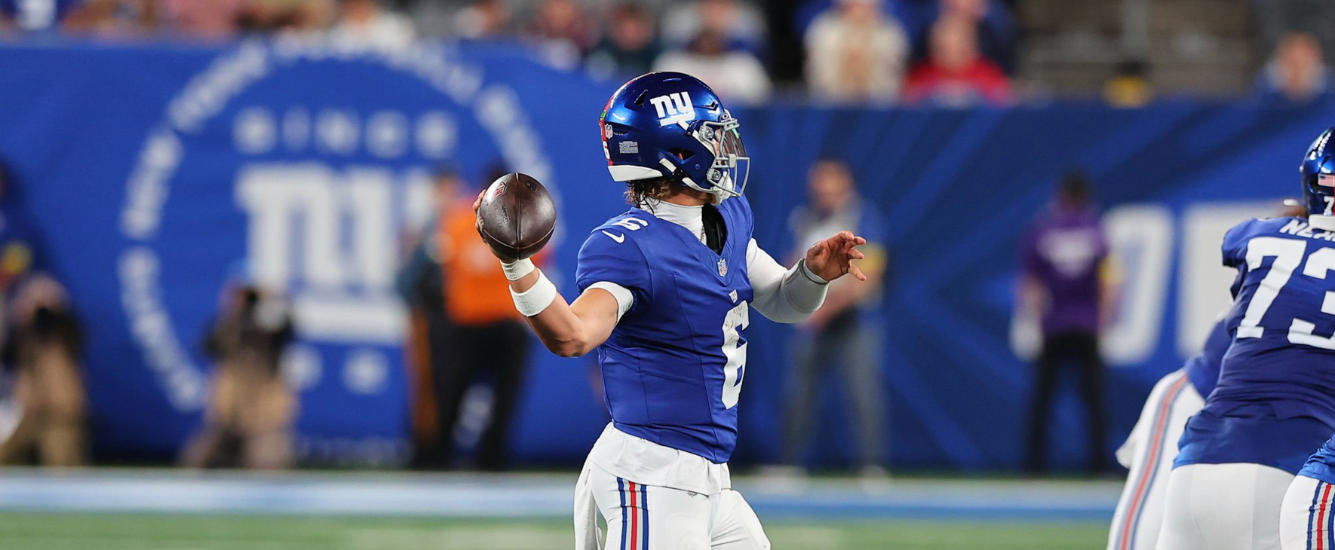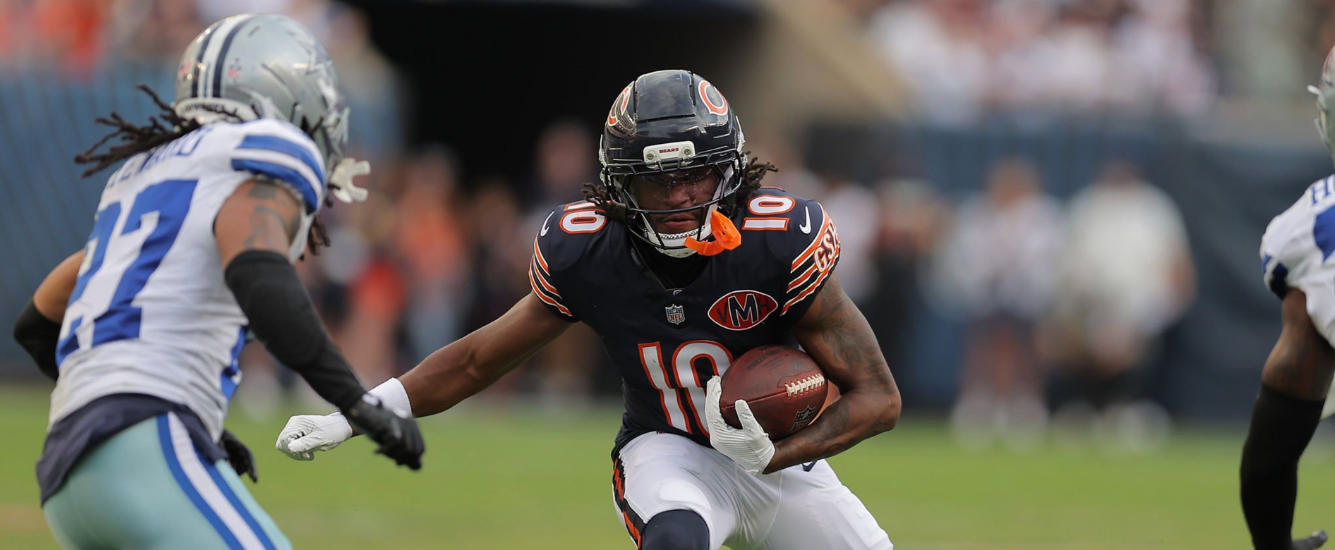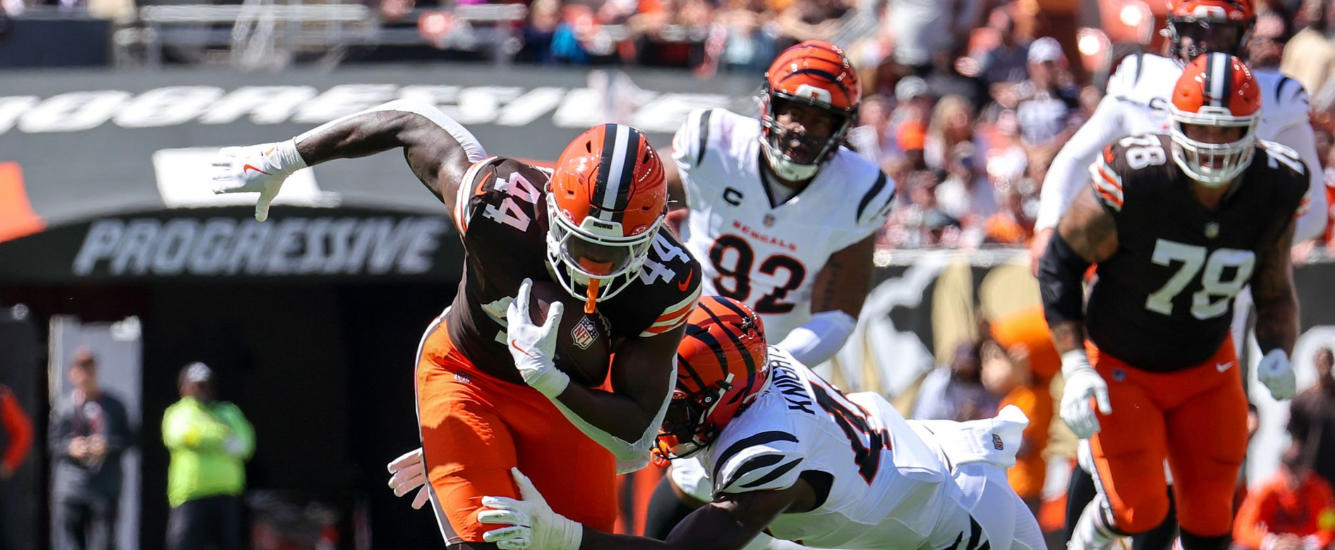Welcome to The Wrong Read. This weekly article uses advanced team-level metrics to preview the week’s upcoming matchups. The goal is to try to understand how an upcoming matchup might play out in terms of each offense’s ability to execute their game plan. How successful will they be when trying to pass? How much will they be able to run the ball?
It’s impossible to answer these questions definitively, but by exploring the advanced metrics we can better understand the dynamics that might not show up in the box score every week. We can use these metrics to find hidden signal that could indicate how a team wants to play football and how likely they are to be able to play the way they want against an upcoming opponent.
One note on the images below: a couple weeks ago we made an adjustment to how the rankings and color coding is presented. All rankings and colors now assume the offense’s point of a view. So a No. 1 ranking in a defensive metric indicates they are the easiest matchup for opposing offenses to face. Likewise, a No. 32 ranking indicates a team is the most difficult matchup. This makes it much easier to glance at the images and see which matchups are most favorable for the offense.
Denver Broncos at New Orleans Saints
We’re rightly skeptical of the Broncos entire offense. They are averaging less than 5 yards per play and only 18.7 points per game. Yet they enter Week 7 as 2.5-point road favorites against the Saints. There are two main reasons for this. First, Denver has one of the toughest passing defenses in the league.

Only two teams allow less passing yardage per play. Only two teams are better at creating pressure against opposing QBs. This is in large part because only one team blitzes more than Denver, yet that aggression hasn’t kept the Broncos from ranking No. 2 in average separation allowed. Meanwhile, New Orleans’ offensive passing stats are misleading in many ways. For one thing, Derek Carr was the QB behind many of the metrics — he is not playing. For another, Chris Olave has been ruled out as he continues to recover from a concussion. Rashid Shaheed has been ruled out with a knee injury. Bub Means was targeted eight times in Week 6. He caught five of those for 45 yards and a touchdown. He’ll need to repeat this performance — or better yet, improve on it — if the Saints hope to get anything going in the passing game.
The other reason Denver is favored is that New Orleans’ pass defense has been very generous.

The Saints’ pass rush is merely a minor annoyance, and no team allows more YAC over expected. It’s true, the Broncos haven’t excelled in the passing game. But their receivers do create separation, and their offensive line is above average. Against New Orleans they could find more success.
No player had more than six targets for the Broncos in Week 6 — Courtland Sutton, Devaughn Vele, and Javonte Williams all tied for the team lead. Sutton found the end zone, and Vele managed 78 scoreless yards. It was only the second game Vele had played, but in his first game he was targeted eight times. He hasn’t been particularly efficient with all his targets, but at 6 feet 5, his 4.47 speed and 126-inch broad jump give him a plus catch radius.

On the other hand, Vele is a rookie WR who will turn 27 in December. Needless to say, the recent sample of successful 27-year-old rookie WRs is nonexistent.
The one other positive note for Denver’s Week 6 game is that Troy Franklin caught a TD pass — not quite redemption for his devastating drop in the end zone in Week 5, but we’re making progress. Franklin was targeted only three times, but he ran 27 routes, just one less than Vele, and double the routes of Marvin Mims, who was also targeted three times.[1]Sutton led the team with 35 routes. Franklin’s profile is much stronger than Vele’s, and we know he already has the trust of his quarterback. Bo Nix directed passes Franklin’s way nearly nine times per game at Oregon.
The Broncos could also find success on the ground, though it’s been elusive thus far in 2024.

New Orleans offers one of the easiest rushing matchups in terms of both total rushing yards per play and especially yards before contact. They are, however, good at limiting yards after contact, which is one of Denver’s strengths. This could be an opportunity for the Broncos backs to change their overall yardage profile somewhat, or it could be an opportunity for them to get involved in the passing game.
Things look difficult for New Orleans on the ground as well.

The Broncos’ only relative weakness is in allowing yards before contact. This happens to be one of the things the Saints are least bad at. Given their lack of weapons in the passing game, they will likely make Alvin Kamara the focal point of their offensive attack. While his involvement in the passing game is what gives him the most value, that part will also depend on Spencer Rattler’s ability to deliver the ball.
Footnotes[+]Footnotes[−]
| ↑1 | Sutton led the team with 35 routes. |
|---|


















